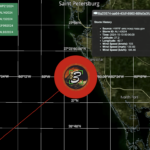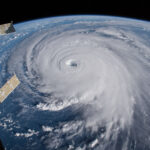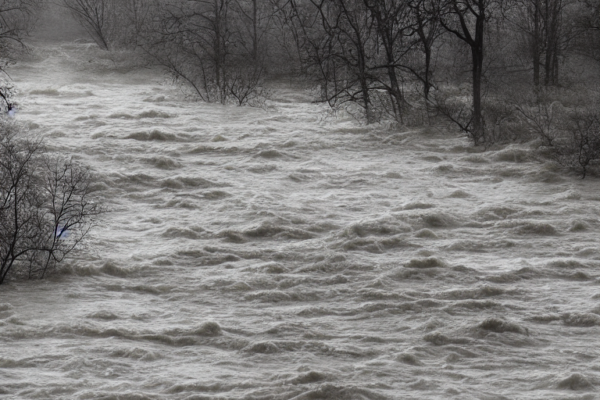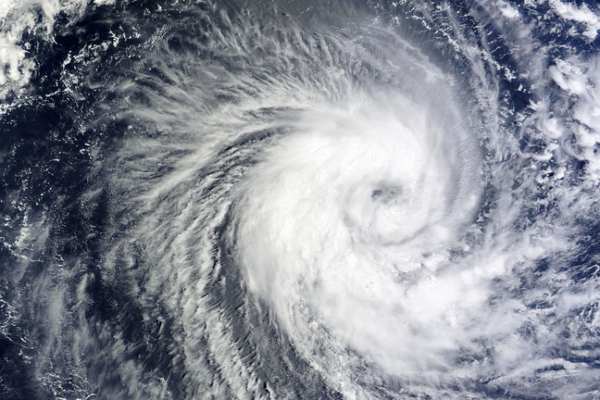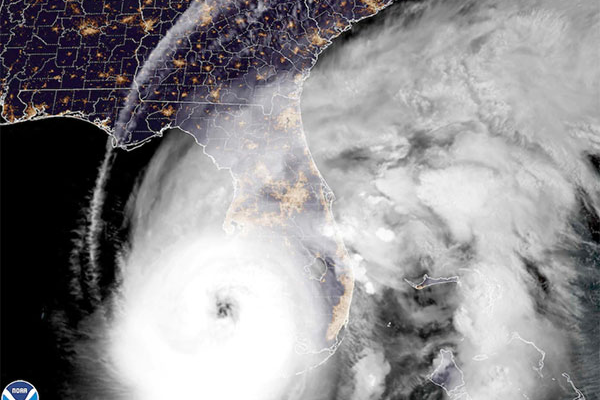2025 Atlantic Hurricane Season Forecast
We develop a forecast to predict when severe storms are likely to occur using data science techniques. We take a representative sample of all storms in a database, where each data point represents the time when a storm had wind speeds exceeding a specific threshold according to the Saffir-Simpson scale. In this process, we discover…


